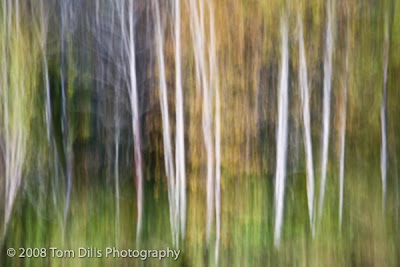
Kathy & I spent the weekend in the Mount Airy, NC area, celebrating our 28th anniversary with more of a photography-oriented weekend than most people might do, but we were treated to a spectacular show of color. We slept in this morning after a great meal and wine last night at Chateau Morrisette, and almost wrote today off when we awoke to a severe-clear blue sky day. We were of a mindset to check out some locations for a future trip and head home early, but kept coming across these scenes that were irresistible. The light was so beautiful this afternoon that we stayed on the Parkway until sunset, which we never do on a Sunday!
This photo was one of a number from this afternoon. This was taken from the Blue Ridge Parkway near MP 236 and overlooks a pastoral valley near Sparta, NC. The late afternoon sun was really bringing out the textures in the land and the colors in the trees.
I have over 600 new images from this weekend, and I will try to post more as I process them in the days to come. But we’re off to Brevard, NC this coming weekend to chase more color and hopefully visit some waterfalls.









